Construction started on the Rainbow Bridge May 4th, 1940, marking a significant chapter in the history of cross-border connectivity at Niagara Falls at the time. The responsibility for the administration and maintenance of all bridges spanning the Niagara River fell under the jurisdiction of the Niagara Falls Bridge Commission. The inspiration for the Rainbow Bridge took root during the Royal Tour of Canada in the previous year when King George VI and Queen Elizabeth dedicated the future site.
Named after the original “Honeymoon Bridge,” which collapsed on January 27, 1938, due to an ice jam in the river, the Rainbow Bridge stands as a resilient steel arch bridge, linking Niagara Falls, Ontario, Canada, to Niagara Falls, New York, in the United States.
Designed by architect Richard (Su Min) Lee, the newly christened Rainbow Bridge was strategically positioned 500 feet north of the former “Honeymoon Bridge,” placing it 1000 feet north of the American Falls. To prevent a recurrence of the past mishap, the abutments and approach spans were anchored on solid rock, 50 feet from the river’s edge and 50 feet above the water surface.
Approximately 3500 tons of steel formed the two ribs, with an additional 2000 tons used in the superstructure and decking. A closing section of steel, around 11 inches in measurement, connected the 475-foot sections extending from each shore. The final masterpiece of the Rainbow Bridge boasts a deck height of 202 feet above the water surface, a length of 1450 feet, two 22-foot-wide roadways separated by a 4-foot-wide median, and a 10-foot-wide sidewalk along the south side, providing a spectacular view of the Falls.
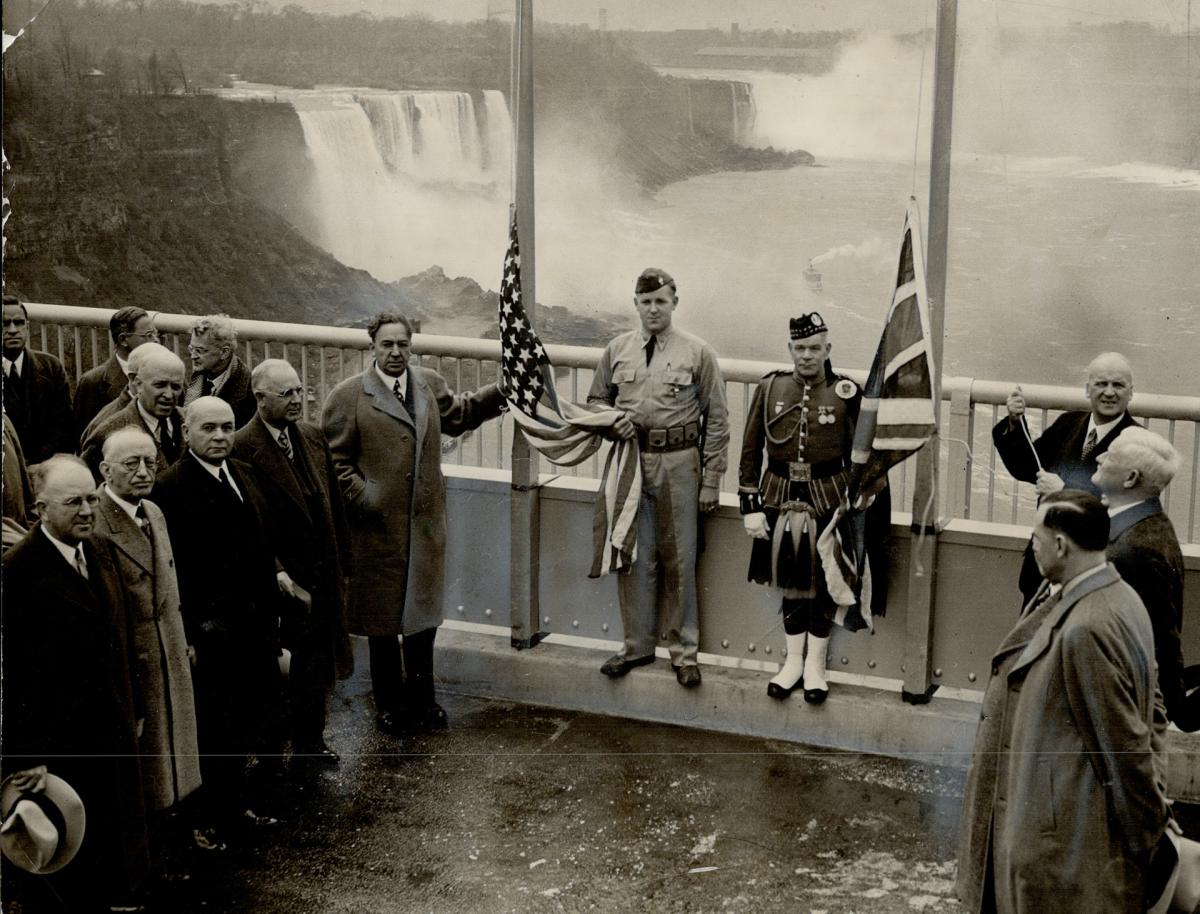
On November 1st, 1941, the Rainbow Bridge officially opened its gates, becoming a vital international link. Currently, commercial trucks are prohibited from using the bridge, with alternative routes suggested, like the Queenston-Lewiston Bridge approximately 16 km to the north. The Rainbow Bridge is known for its efficiency, featuring 16 car inspection lanes into the U.S. and 15 into Canada. Designated lanes for tour buses and a Pedestrian Walkway add to the bridge’s versatility.
For those planning to cross the border, a visit to the Niagara Falls Bridge Commission website is recommended to review current conditions. It offers real-time updates on wait times, lane closures, and even provides traffic camera footage for a visual preview of the border crossings.
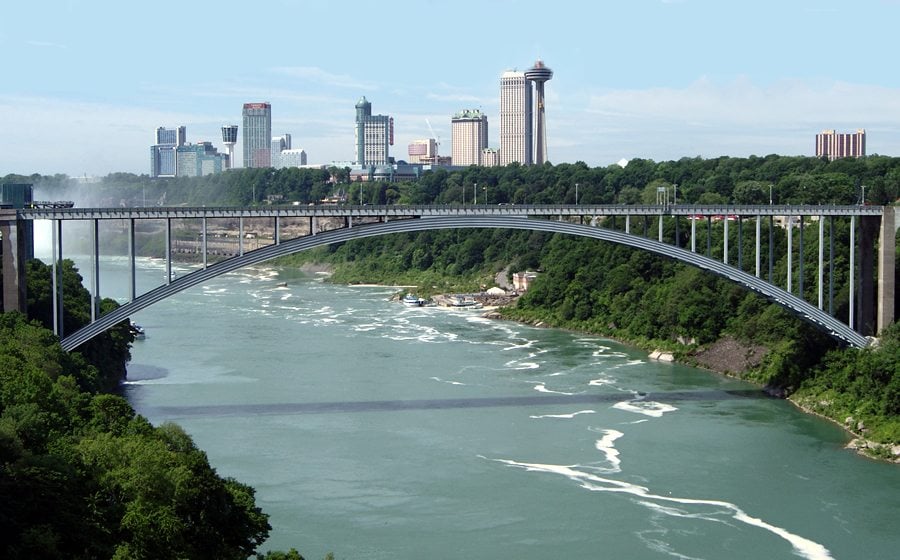
Whether a testament to engineering prowess or an iconic pathway for those journeying between nations, the Rainbow Bridge stands tall as a historical marvel.







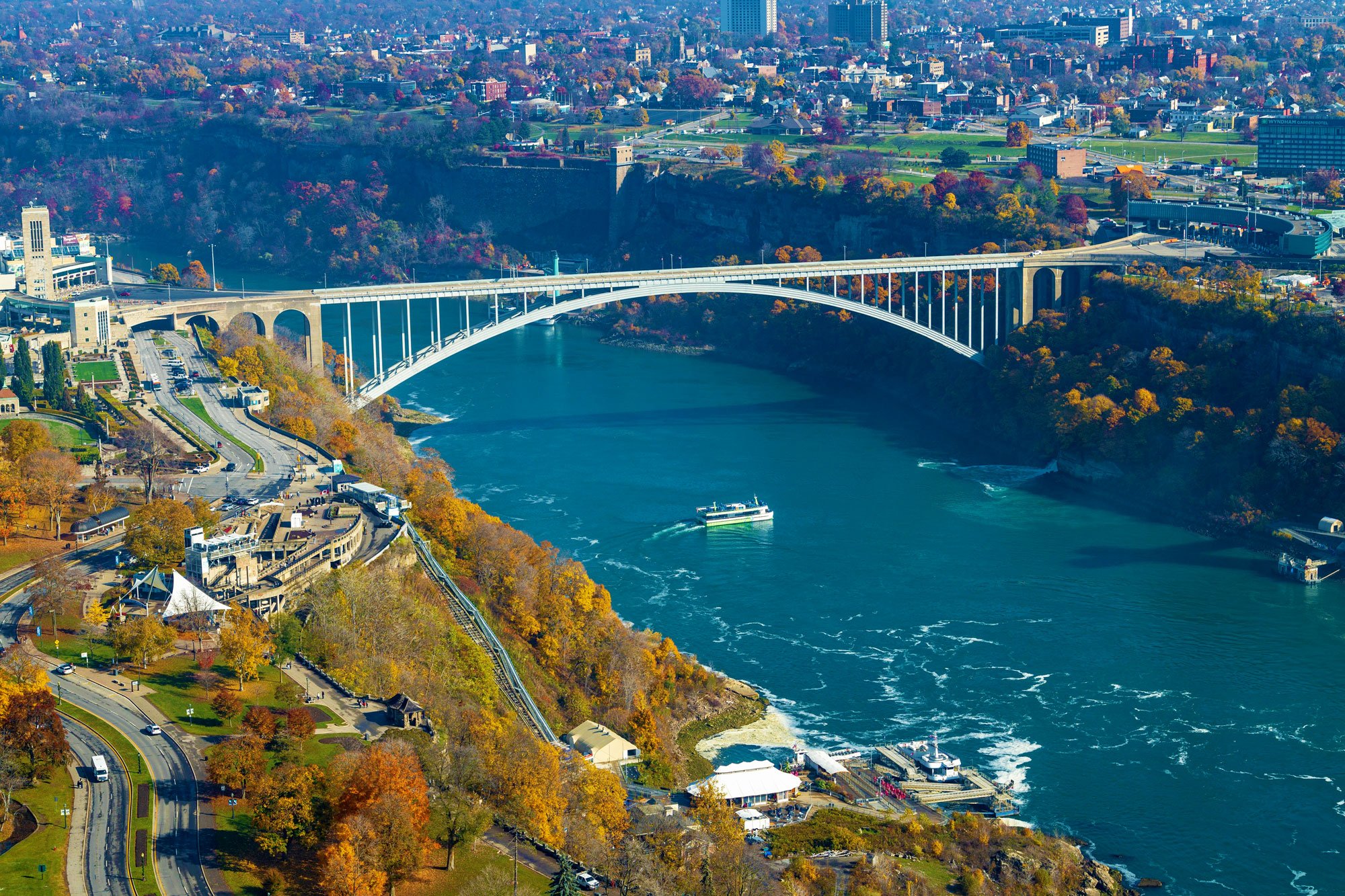
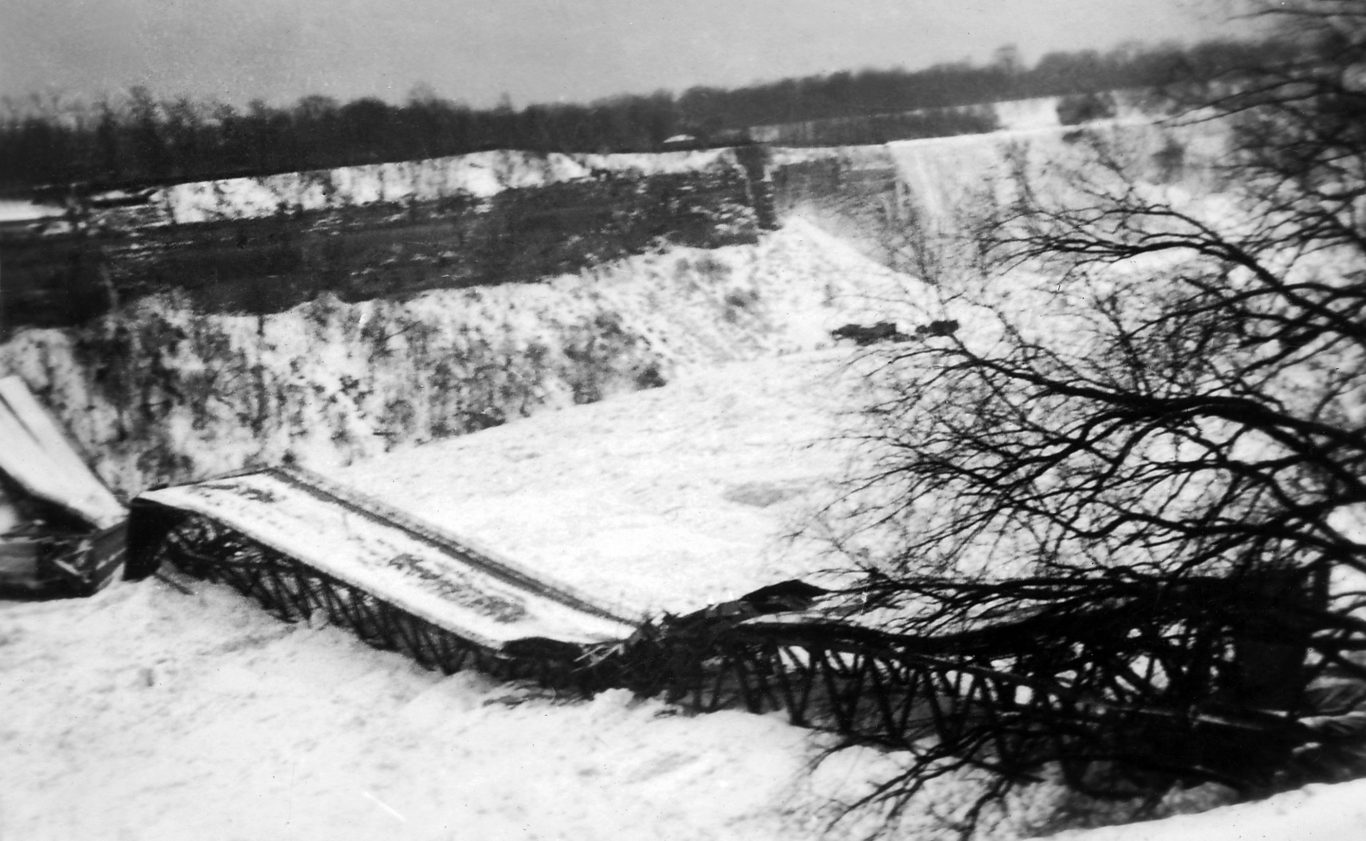
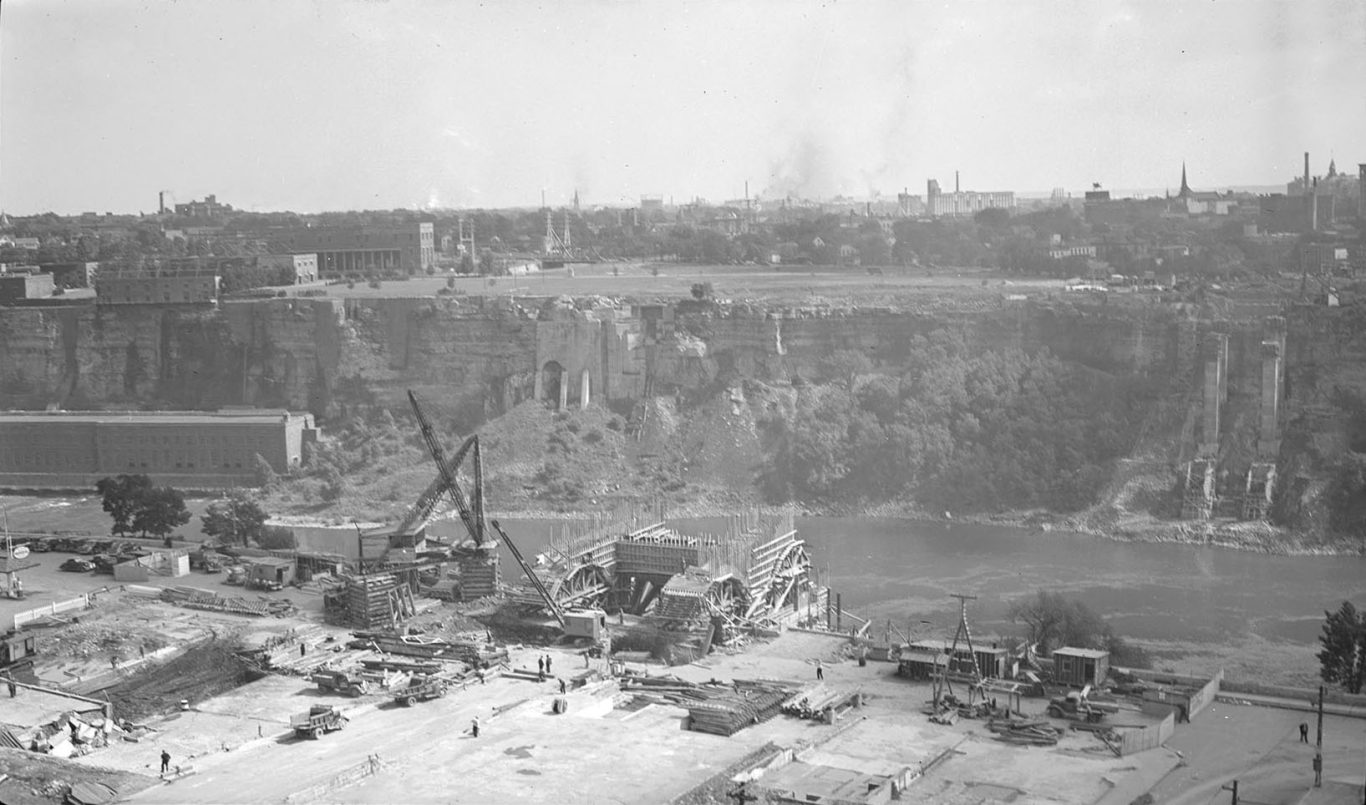
I simply want to know why it was named the “Rainbow Bridge”. I can’t find a website that explains why it got that name.
I have no problem understanding why the earlier bridge was named the “Honeymoon Bridge”.
The Rainbow Bridge is named after the mist from the nearby American and Horseshoe Falls, which contributes to the formation of rainbows in the area. The term “Honeymoon Bridge” was given due to the popularity of Niagara Falls among honeymoon couples during that period.